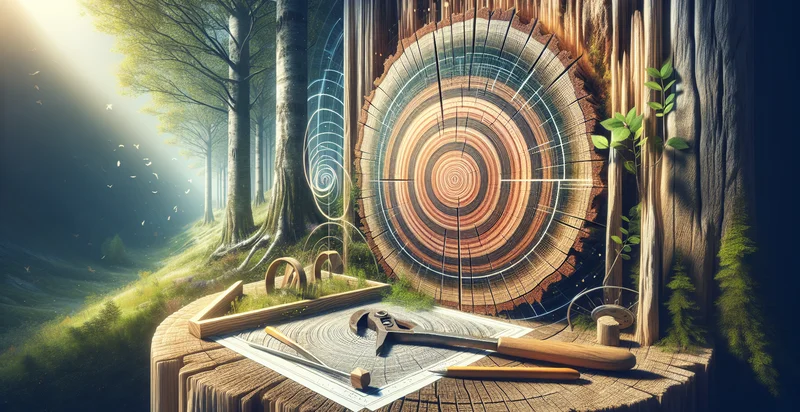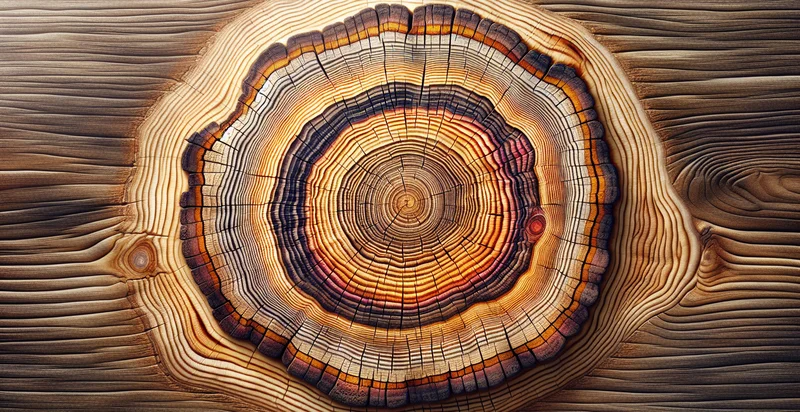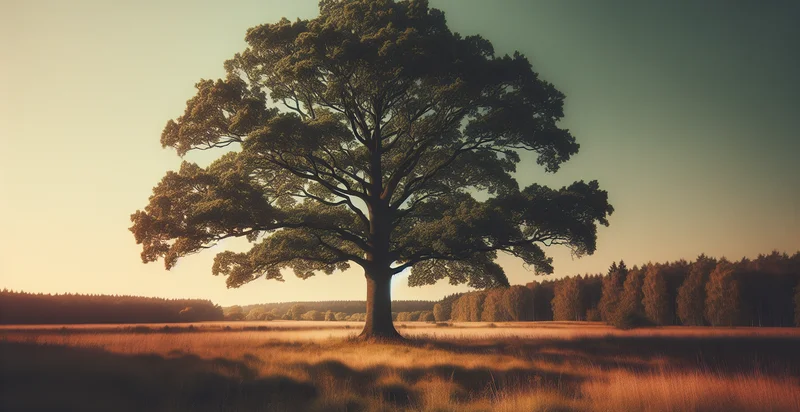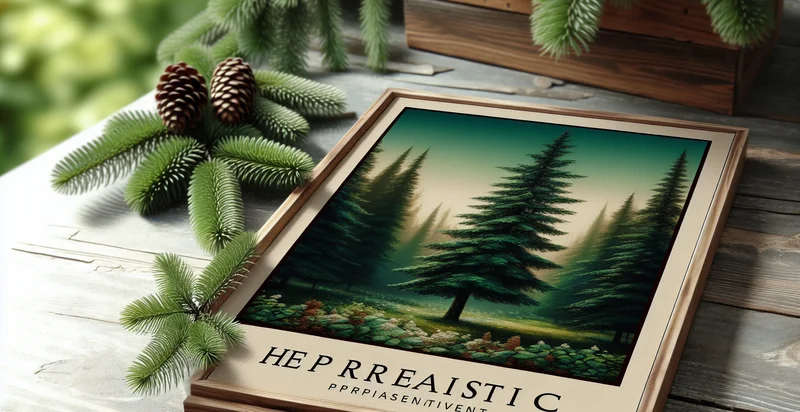Identify how old a tree is from image
using AI
Below is a free classifier to identify how old a tree is from image. Just upload your image, and our AI will predict how old a tree is - in just seconds.


Contact us for API access
Or, use Nyckel to build highly-accurate custom classifiers in just minutes. No PhD required.
Get started
import nyckel
credentials = nyckel.Credentials("YOUR_CLIENT_ID", "YOUR_CLIENT_SECRET")
nyckel.invoke("how-old-a-tree-is-from-image", "your_image_url", credentials)
fetch('https://www.nyckel.com/v1/functions/how-old-a-tree-is-from-image/invoke', {
method: 'POST',
headers: {
'Authorization': 'Bearer ' + 'YOUR_BEARER_TOKEN',
'Content-Type': 'application/json',
},
body: JSON.stringify(
{"data": "your_image_url"}
)
})
.then(response => response.json())
.then(data => console.log(data));
curl -X POST \
-H "Content-Type: application/json" \
-H "Authorization: Bearer YOUR_BEARER_TOKEN" \
-d '{"data": "your_image_url"}' \
https://www.nyckel.com/v1/functions/how-old-a-tree-is-from-image/invoke
How this classifier works
To start, upload your image. Our AI tool will then predict how old a tree is.
This pretrained image model uses a Nyckel-created dataset and has 11 labels, including 10 To 20 Years, 21 To 30 Years, 31 To 40 Years, 41 To 50 Years, 51 To 60 Years, 61 To 70 Years, 71 To 80 Years, 81 To 90 Years, 91 To 100 Years and Less Than 10 Years.
We'll also show a confidence score (the higher the number, the more confident the AI model is around how old a tree is).
Whether you're just curious or building how old a tree is from image detection into your application, we hope our classifier proves helpful.
Related Classifiers
Need to identify how old a tree is from image at scale?
Get API or Zapier access to this classifier for free. It's perfect for:
- Forest Management: By accurately determining the age of trees through images, forest managers can better assess the health and sustainability of forest ecosystems. This information helps prioritize areas for conservation, reforestation, and controlled logging.
- Urban Planning: City planners can utilize tree age data to make informed decisions regarding urban landscaping, infrastructure projects, and tree preservation. Understanding the age of trees in public spaces aids in planning for future growth and environmental impacts.
- Carbon Sequestration Estimation: Companies involved in carbon offset programs can use tree age data to estimate the carbon sequestration potential of forests. This application helps in verifying claims and improving calculations for environmental impact reports.
- Educational Tools: Schools and universities can incorporate this technology into biology and environmental science curricula. Students can learn about tree growth, ecosystems, and climate change by analyzing actual images and obtaining real-world data.
- Environmental Research: Researchers studying climate change effects can monitor tree growth patterns and age to analyze the impact of environmental changes over time. This data can support hypotheses about ecosystems, biodiversity, and habitat health.
- Insurance Assessments: Insurance companies can use tree age identification to evaluate risks related to natural disasters, such as storms and wildfires. Knowing the age of trees can inform policy decisions and damage assessments for properties near wooded areas.
- Agricultural Applications: Farmers can benefit from understanding the growth stages of trees in orchards or agroforestry systems. Identifying tree age can optimize harvest times and inform management practices for better yield and sustainability.


